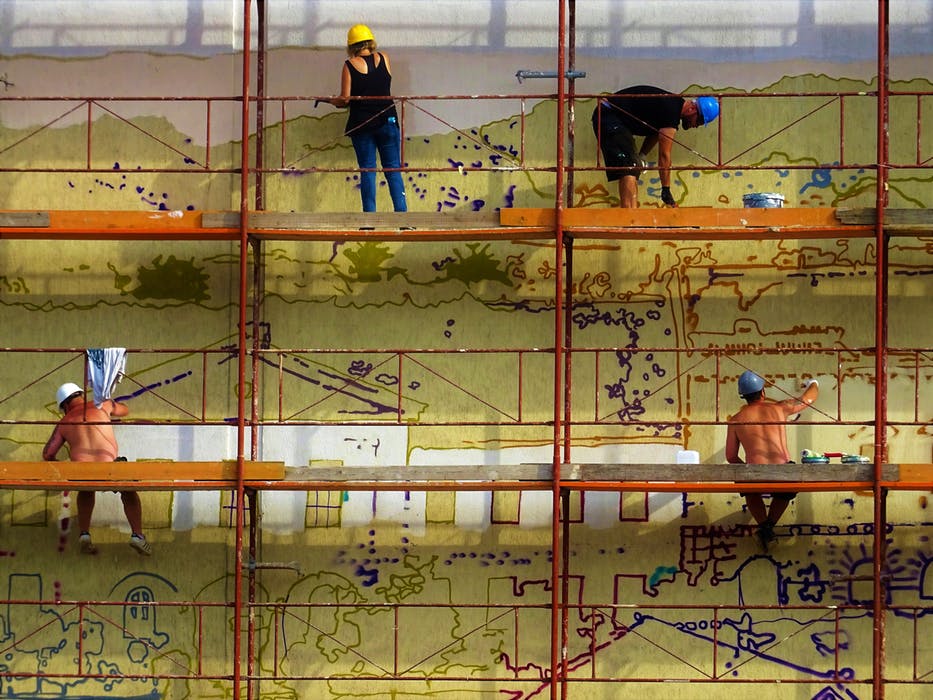
Local painters love to utilise a scaffold system if they can find the right unit that matches their needs. These products are utilised across industry to support user safety and deliver workplace efficiencies, but painters know they do not always have the same support structures that builders have on mass. To be secure with these investment decisions, it is worthwhile taking note of key advice passed down from other painting specialists.
Consider Nature of Painting Target
The first consideration that painters should reflect on with a scaffold design is the nature of their environment and what type of premises they are based. From a city block unit to a townhouse in the suburbs, a construction building, a modest office, a retail outlet or a mansion on an isolation property, they will all present their challenges. By assessing this type of profile, participants can assess what works best for space and the area they are working in.
Consider Nature of Terrain
The profile of the surface can be a key consideration for those that want to implement a scaffold brand. When speaking with representatives and scouting for a solution, it is important to detail if it happens to be concrete, brick, clay, grass, gravel or other components that will play a role underneath. If there are variants that create challenges, then there can be supported units that offer a solution.
Examine Weight Loading Parameters
Unlike construction operators, painters do not require a lot of heavy artillery or tools to complete their tasks. With that being said, it is important to factor in the weight of the operators and the equipment with a scaffold design. Clients should calculate this collective weight and opt for those models that are able to facilitate those requirements with transparent tagging measures.
Inclusion of Safety Features
The main purpose of a scaffold inclusion is to support movement at a height and to avoid any falls. This points to safety features that should be on display from sellers, promoting guardrails, harness connection points, personal fall arrest systems and tags. Some of these items will be required as part of the structure, but others will be prominent for personal attire selections.
Ease of Construction & Transport
Sole contractors and small local teams in the painting industry know that they cannot set up shop with a scaffold unit for weeks on end. This is a process that requires a lot of movement and adaptability, so it is important to shortlist those user-friendly brands that are easy to construct, to dismantle and to transport inside a vehicle.
Price of Investment
The price of these units is a key consideration for painters who have to acquire their assets on a budget. By engaging with outlets in the area, surveying deals and sorting selections online, it will be easy for clients to compare and contrast set prices on their merit. If there are significant constraints to buy these goods outright, then loans and lease measures might need to be explored.
Recommendation from Specialists
From the supported to the suspended models, acquiring these structures for painters should really be a task that is completed with the guidance of an experienced industry specialist. They will be able to point these contractors to outlets that work in similar environments and enjoy a track record with that target market. If they pass on their expertise, then it can remove a lot of guessing work, especially if their recommendation is consistent with the feedback from other painters.
Painters who have experience with the use of scaffold designs will be confident that they can apply those same standards across job sites. The key is to find outlets that are user-friendly, affordable, strong and adaptable. That type of item won’t always present itself at the first attempt.